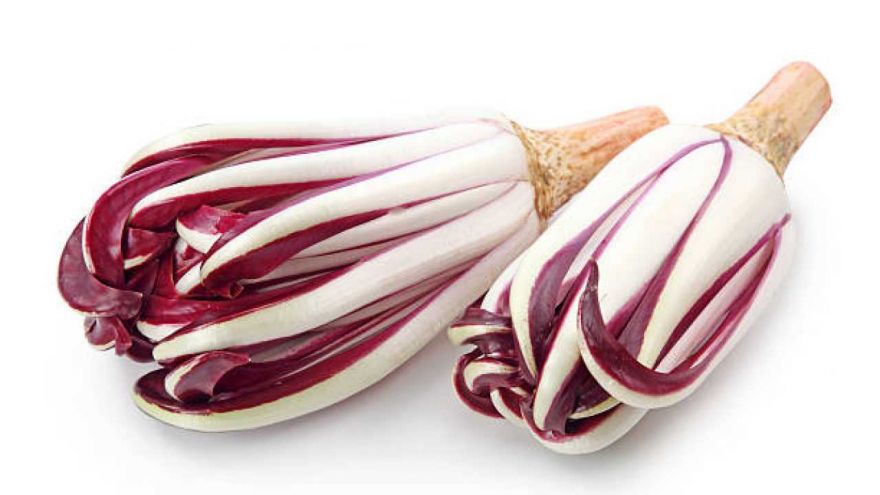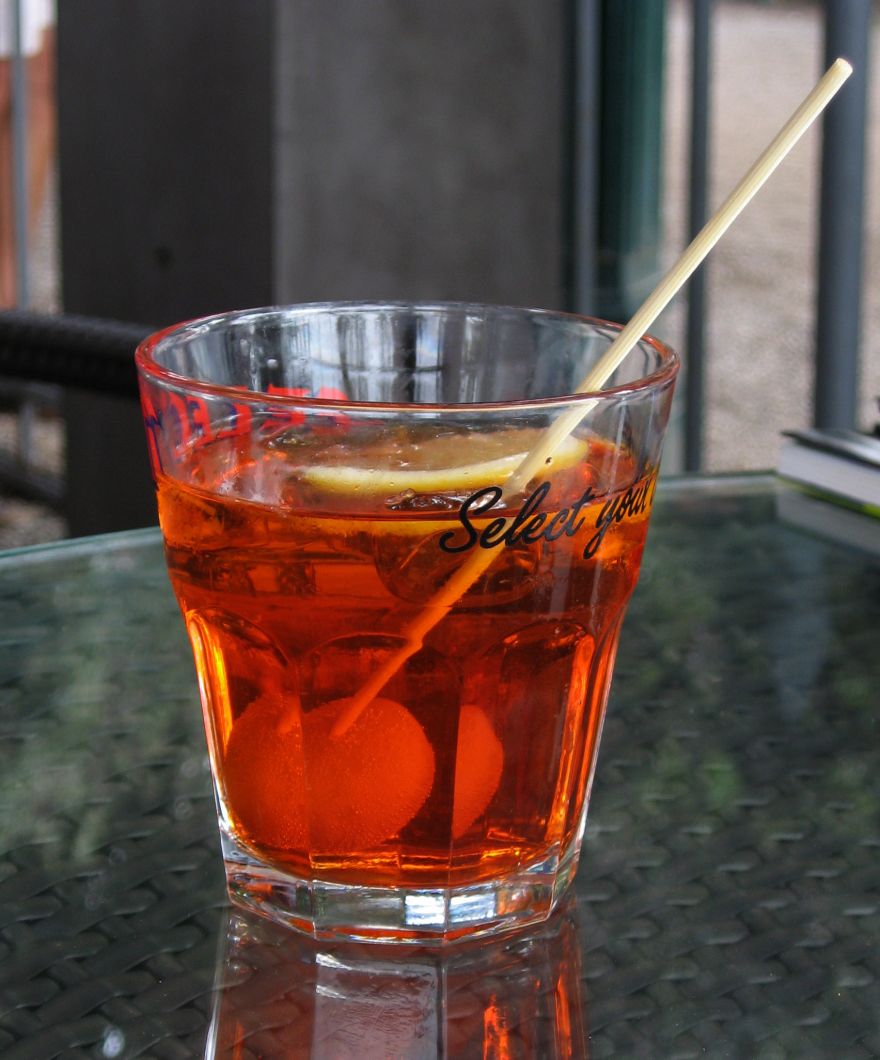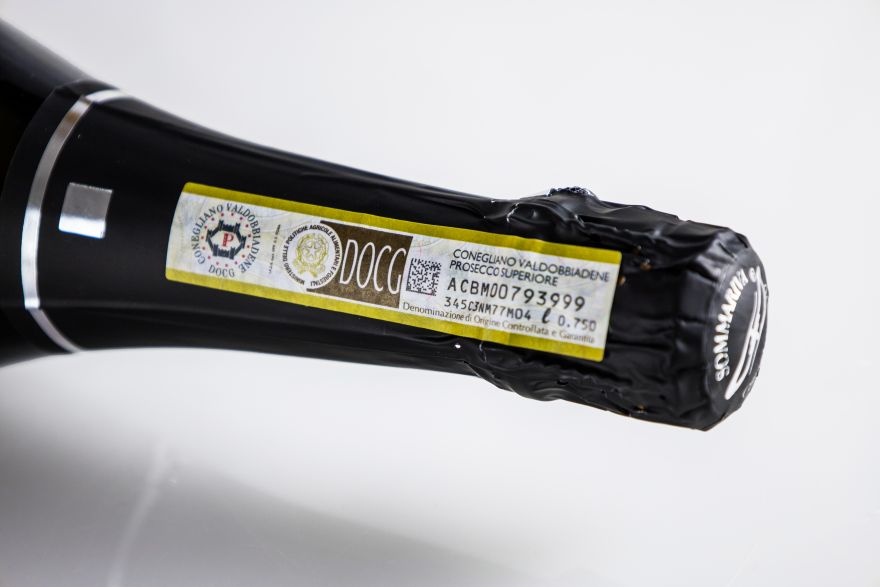Conegliano Valdobbiadene DOCG and Radicchio Rosso di Treviso IGP: A marriage of excellence!
At this time of the year the “Marca Trevigiana” treats us with one of its most famous products – Radicchio Rosso tardivo di Treviso IGP (late red radicchio), the real pride and joy of Treviso gastronomy, which Conegliano Valdobbiadene DOCG marries with perfectly to give us one of the happiest unions of food and wine.
Radicchio rosso tardivo di Treviso IGP is a long-leaved chicory, purple in colour with white streaks. It is cultivated mainly in the Province of Treviso, with some also grown in the Provinces of Padova and Venezia. With its crunchy consistency and slightly bitter aftertaste, it is a vegetable of great versatility in the kitchen. It lends itself to very tasty recipes ranging from entrées to desserts, and can be enjoyed both cooked and raw.
We offer you here 2 simple cooked recipes that will not fail to please to you and your guests. While the first does not include Prosecco in the recipe, the second certainly does.
Have you got your chef’s hat on? Then let’s begin.
Deep-fried radicchio
Just about everybody loves deep-fried morsels. With some small tricks, and taking care not to overdo it, an almost infinite number of scrumptious appetizers can be prepared. Among these we can also include our irresistible radicchio rosso tardivo. Since it’s a strictly seasonal product we can only sample it between November and March, or possibly April.
Since part of the radicchio we will be using for this dish we will also need for the next one, for 4 people we will take 4 nice plump heads of radicchio. We can immediately remove the stems, taking care to keep about a centimetre from which we will remove the very thin skin. From the remaining stem measure about 5 or 6 centimetres and cut off the heads completely. Don’t worry, we are not throwing anything away – the rest we will need later.
From the part we will use for frying take 6 to 8 leaves of more or less of the same size. Let’s put them in cold water for a few minutes to remove any loose dirt and debris. We should repeat the rinsing operation 3 times and dry with absorbent paper.
Next we shall give a good, even coating of flour to each radicchio leaf in turn, then dip them into a bowl containing 2 eggs, previously whisked and seasoned with a pinch of salt, pepper and a little nutmeg. After draining any excess egg mixture from each leaf we should roll them several times in bread crumbs, so as to cover them completely and evenly. Lastly, we will heat a copious amount of peanut oil in a large pan and fry the radicchio, which will, of course, will be served very hot.
Each serving should be accompanied by a Rive di San Michele Extra Dry, whose characterful aromatic persistence will enhance the fragrance of the fried radicchio, earning you the appreciation of your guests.
Radicchio, Prosecco Superiore Docg and Crêpe Pasticcio
The pasticci (pies), which can be layers of lasagna or, as in this case, crêpes, share the same fate as the fried radicchio – everyone loves them. Whether with meat or fish, or mixed vegetables… there is something to suit all tastes. The only thing which you must always pay the utmost attention to is the quality of main ingredients: the béchamel, the crêpes and the filling with which to assemble the layered pie. The preparation of béchamel and crêpes is taken for granted here, so let’s take care of the filling.
Take the radicchio leaves, separated from the part used for the frying, and cut them into pieces of 2 to 3 centimetres. Wash them as in the previous recipe. Then peel and finely slice a couple of medium-sized shallots. Melt the butter with a little extra virgin olive oil in a large saucepan, then add the shallots and leave them until they turn golden brown. Dry the radicchio quickly and place in the saucepan, stirring often. Add a glass of Conegliano Valdobbiadene DOCG just before the radicchio wilts, and let the alcohol evaporate. Season with salt, pepper, and a pinch of ground cinnamon. Close the lid and cook over moderate heat for between 30 and 45 minutes. The radicchio must be well cooked but not completely falling apart.
In a round baking dish first spread a layer of béchamel. Then lay the first crêpe, followed by more béchamel, then a layer of radicchio. Lastly, sprinkle some grated smoked ricotta evenly over the radicchio. Repeat the operation 5 or 6 more times. The final layer should be béchamel combined with the grated smoked ricotta and some good Parmigiano Reggiano. Bake at 180° until browned as you prefer. Let it rest 5 minutes before and serving.
There will be well-deserved applause after the first mouthful. The diners’ appreciation will crescendo when they taste the wine you will have poured into their glasses: a Rive di Collalbrigo Costa Extra Brut, whose structure and aroma will perfectly complement the flavour and softness of the dish.





